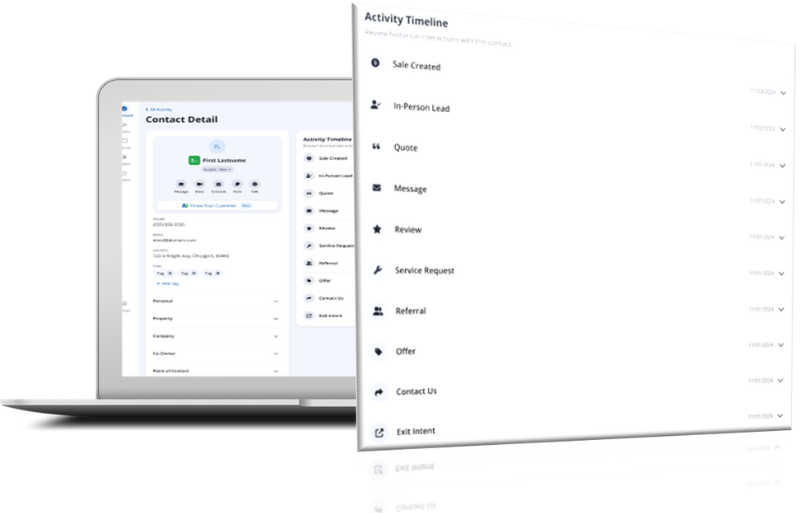Writing that Sells: The Elements of Awesome Copy
What’s at the Soul of Great Advertising?
Advertising isn’t logical – far from it, in fact. Advertising doesn’t have to make perfect sense; it doesn’t necessarily have to teach us anything or deliver tons of information or give us the skinny, either. No. Advertising doesn’t have to do any of that. The secret to writing a great ad revolves around one thing: emotion. Copywriters exploit this fact every time they sit down to compose their next advertisement. Of course, they follow some general rules, as well. Below you’ll find a crazy-quick crash course on what sharp, penetrating, emotionally-driven copy entails.Know Your Audience
While you may have a product or service that everyone in the world can use, it may be the case that only one targeted group will use it. Before you sit down to write your copy, know who the people in that group are. Try to understand their mentality. Among other things, consider which generation your audience was born into and think critically about their values. When you understand your audience, you can tailor your copy to appeal to their specific interests – sparking their curiosity, heightening their intrigue and, ultimately, prompting them to buy what you’re selling.
Create Strong Headlines
In most cases, a headline will make-or-break your print advertisement. After all, it’s the first text people see when they read your print advertisement. Therefore, it must be exciting, interesting, thought-provoking and concise – make reading your headline an emotional experience (remember?) – or it may just be the last thing people read.
Be Concise.
No one wants to read your excessively elaborate copy. Sorry, Mr. Beckett, it’s just not that type of writing. Print advertisements should be short and to the point. That doesn’t mean you should sacrifice creativity or style or the message at large, though. It’s tricky, we know. However, you can alleviate the stress of writing concisely by first composing your copy without reservation and then going back to systematically condense. Consolidate phrases. Eliminate wordiness. Ultimately, you want every sentence to prompt the reader to go on to the next one.
Tell People What to Do
In other words, always have an exceptional Call to Action. This means limiting the choices you give people, too. The more options we have, the more time we spend making decisions – time advertisers just don’t have in a world driven by instant gratification. Unless you’re listing several ways your company can be contacted, you should always give potential customers one quick and easy way of engaging with your company.
That, certainly, was the short end of it. To learn more about how Spectrum can help with your content and copy creation, click here and visit our site!








